Spring planting is in full swing! Whether you’re an experienced gardener, or just interested in eating local food, there are sharing communities that will reconnect you to your neighbors, farmers, and food.
Collaborative consumption tells us that sharing can make difficult, expensive, or out of reach ideas a reality, and many have applied this principle to good growing with great success. In the past, farming and gardening was a community-wide effort, so why not now?
Tip 1: Keep Your Eyes Peeled
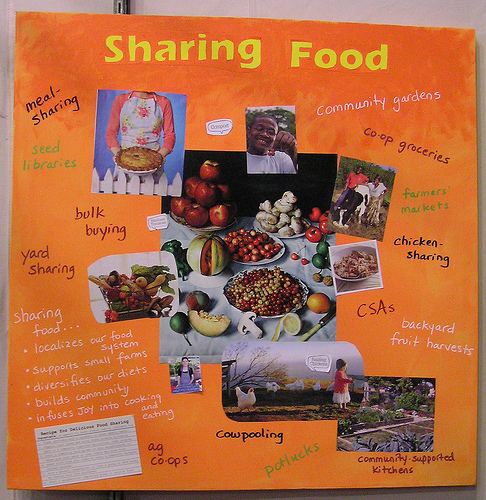
Forget all your preconceived notions about what and where a farm is. Look for front, back, and side yards in your neighborhood that don’t get much kid traffic. Be on the lookout for vacant lots, or even businesses that look like they have land to spare. Even roofs and balconies can be put to use growing food.
If you’d rather not drive around town scoping out people’s yards like a creeper, you can also use some of these handy land-sharing services:
Shared Earth – Get free access to land and grow what you love, share some of the produce with the land owner and keep the rest.
Landshare – UK-based service that connects those who have land to share with those who need land for cultivating food.
HyperLocavore – Share yards, seeds, tools and good times growing food!
Sharing Backyards – Connecting those who have the space to garden with those who would like to garden but don’t have the space.
Tip 2: Start Talking
Remember when people knew their neighbors? Remember when community wide block parties and BBQ’s were the norm? You might have to work up the courage, but start talking to the owners of the spaces you’ve noticed. Explain that you’d like to start a garden but don’t have the space. Share your vision for how you would divide the work, space, and of course, the harvest. Use the online resources listed above to find facts and talking points about how great food and yard-sharing can be. If they have questions about risks or legal ramifications, point them to this comprehensive article by lawyer Janelle Orsi. Most importantly, be respectful if they say no.
Tip 3: Space Isn’t The Only Thing That Can Be Shared
Lots of space is great, but it isn’t gonna feed anyone. Urban farms need seeds, rakes, hoes, shovels, wheelbarrows, stakes, compost, hoses, mulch, and constant weeding. The good news is, all these things can be crowd-sourced as well!
Related Post: Top 5 Ways To Reduce Food Waste During The Holidays (and every day!)
Check out this handy directory of tool-lending libraries, or start your own.
Learn how to create your own seed-lending library or join a crop mob to lend a hand in an existing food-sharing effort.
If you’ve got a space but lack elbow juice to transform it into a food-producing plot, put out a call to your personal and social media networks. You might be surprised how many people are dying to get their hands in the dirt!
Tip 4: Share Alike
People almost never expect yard-shares or community gardens to produce as much food as they do. If, after everyone who’s contributed to the growing taken their share, you still have food leftover, think about sharing it with the larger community.
Related Post: Meet the Urban Gardeners Taking Advantage of Spare Spaces [Video]
There are several online resources for trading or donating your extra backyard produce. VeggieGardener recommends AmpleHarvest.org , a site dedicated to providing fresh foods to those in need. Another great site is VeggieTrader.com. Veggie Trader is a free resource that enables you to hook up with other gardeners to trade or sell your vegetables. You can also advertise your excess veggies on Freecycle.org or on Craigslist.com.
Also, don’t forget local food banks and homeless shelters. They’ve been hit hard since the recession and are always thrilled to see donations of food that’s fresh rather than canned.
Tip 5: Eat Together
The best part of growing your own food is tasting its deliciousness! Use these resources to find ways to break bread with your friends and neighbors:
Eat With Me and Grubly are the CouchSurfing for meals. Use them to find or host a meal in your neighborhood. Never eat alone!
MamaBake – Large batch group cooking saves time and money, not to mention it’s fun!
Neighborhood Fruit – find and offer free fruit to your neighbors with this site and iPhone app.
Now it’s your turn. How have you shared the growing, storing, preparing or eating of food in the past? Share your experiences in a comment!
Image Credit: Flickr CC – Janelle Orsi



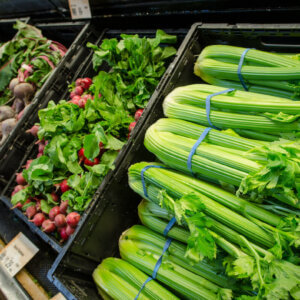





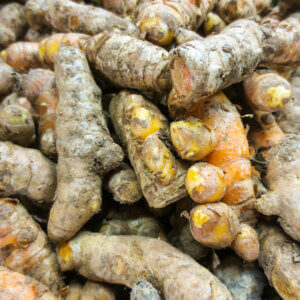

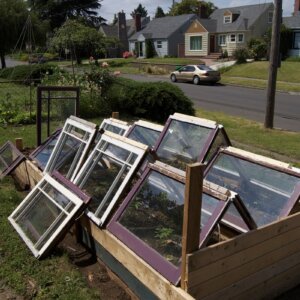
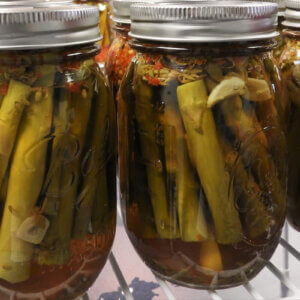
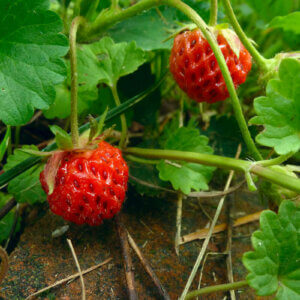





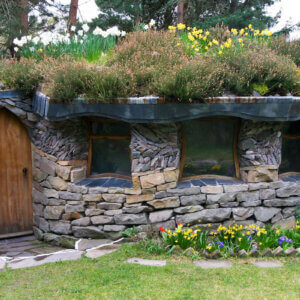
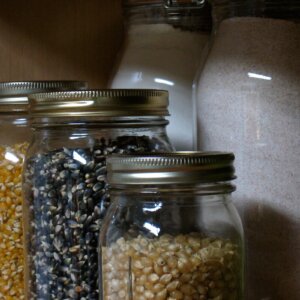
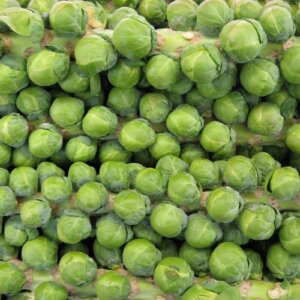

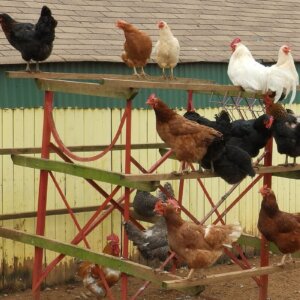





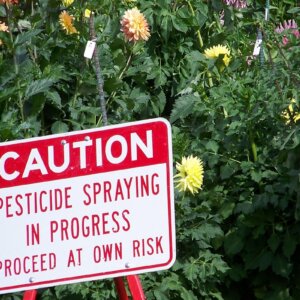

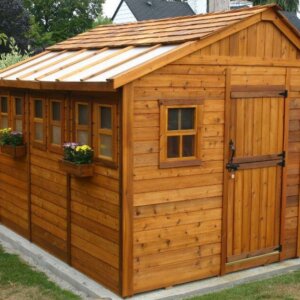







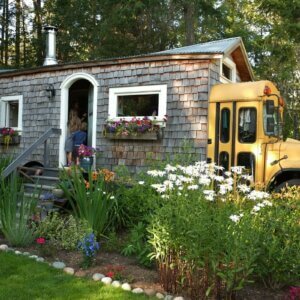
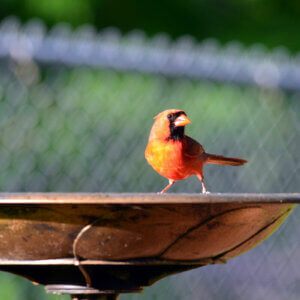

I love the idea of MamaBake – it is similar to the entree exchange group I belong to but much much more fun!
I love the idea of MamaBake – it is similar to the entree exchange group I belong to but much much more fun!